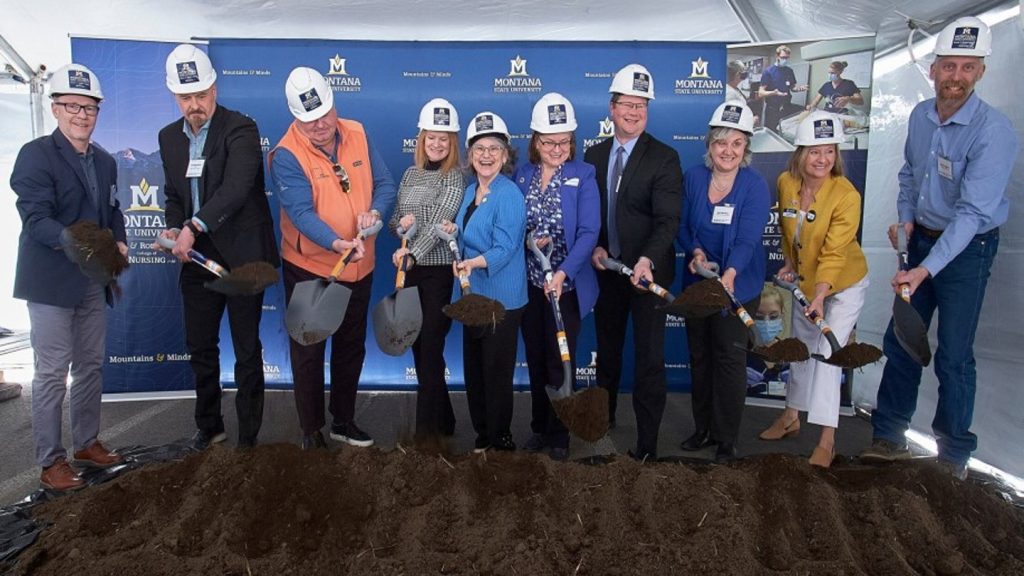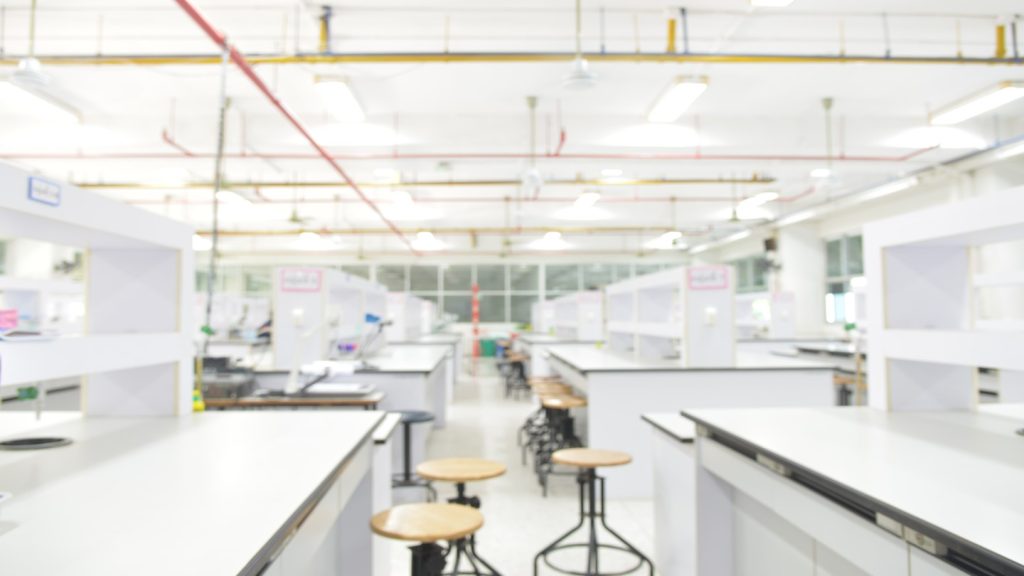Although the core concepts of green building design have not yet comprehensively permeated the construction mainstream, minimising the environmental impact of building projects is rising on the priority list for an increasingly eco-aware industry.
From small residential designs to huge commercial projects, designers are becoming ever more aware of alternative building materials that offer superior environmental benefits both in sourcing and in the long-run. This is especially true for commercial and industrial buildings as eco-friendly materials provide an essential step towards certification for sustainable design by environmental ratings programmes such as Leadership in Energy and Environmental Design (LEED) and the BRE Environmental Assessment Method (BREEAM), developed by the US Green Building Council and the UK-based Building Research Establishment respectively.
Assessing the impact of materials
Both LEED and BREEAM cite materials and resources as an important element of their evaluation criteria. LEED guidelines note that its materials category "encourages the selection of sustainably grown, harvested, produced and transported products and materials. It promotes the reduction of waste as well as reuse and recycling, and it takes into account the reduction of waste at a product’s source."
Not all environmental schemes are voluntary, however. Construction projects must also be aware of mandatory governmental regulations regarding the environmental and health risks of materials, such as the EU’s REACH regulation, which evaluates potentially harmful chemicals, many of which are routinely used to treat building materials. With increasingly stringent legislation likely to affect projects in the future, taking proactive steps toward more sustainable materials could provide financial as well as environmental benefits. Here we look at some popular and emerging eco-friendly materials on the market today.
See Also:
Recycling post-industrial waste
How well do you really know your competitors?
Access the most comprehensive Company Profiles on the market, powered by GlobalData. Save hours of research. Gain competitive edge.

Thank you!
Your download email will arrive shortly
Not ready to buy yet? Download a free sample
We are confident about the unique quality of our Company Profiles. However, we want you to make the most beneficial decision for your business, so we offer a free sample that you can download by submitting the below form
By GlobalDataMaking use of post-industrial waste and byproducts is an excellent way of taking potentially useful materials out of landfill and putting them into the walls and foundations of our homes and offices.
Concrete is a building material that offers opportunities to make a build more environmentally efficient as a range of cementitious aggregates can be mixed with standard Portland cement, which leaves eco-friendly options open. Although more direct recycling opportunities exist, such as reclaimed concrete from demolished buildings and infrastructure (known as urbanite), manufacturing more-efficient concrete is seen as more reliable as it does not rely on readily available demolished concrete.
Slag cement has been used in Europe and the US for more than a century, but modern lifecycle inventory (LCI) studies have revealed the impressive energy, emissions and material savings from its use.
Slag cement (also known as ground granulated blast-furnace slag) is aggregated with the blast-furnace slag produced during the reduction of iron ore to iron. As an industrial byproduct, slag often ends up being dumped in landfills. However, if molten slag is separated from iron and quickly granulated with water, it forms slag cement, which, according to the Slag Cement Association, can be used to replace 20%-80% of the Portland cement used to manufacture concrete.
Concrete made with a percentage of slag cement offers a number of environmental benefits. Primarily it brings the twin advantages of recycling a waste material that would otherwise be inefficiently disposed of and conserving Portland cement, which reduces the emissions, energy usage and virgin materials involved in the manufacturing process (producing slag cement uses nearly 90% less energy than producing an equivalent amount of Portland cement). Another example of post-industrial recycling in cement production is replacing a percentage of Portland cement with recycled fly ash (a combustion residue), although this is limited to around 15%-25% replacement.
Priceless plants: hempcrete and bamboo
Plant-based building materials can be a compelling alternative to manufactured products, predominantly on builds that do not require particularly high compressive strength. While hempcrete, a mixture of hemp fibres and lime, typically have a compressive strength (1MPa) around a 20th of standard concrete, other advantages make it ideal for a green build.
The foremost of these advantages is the fact that hempcrete is a carbon-negative material, in that it absorbs CO2 in its production, resulting in a negative embodied CO2 (eCO2). Tradical Hemcrete, a brand of hempcrete developed by Belgian lime-based materials company Lhoist Group, has an eCO2 that is 130kg less than a typical wall section built using brick and block. Other benefits include excellent insulation properties, high thermal inertia and renewable sourcing.
In March this year, Tradical Hemcrete was certified by the British Board of Agrément as a wall system material, solidifying this new product’s standing as a dependable as well as eco-friendly building material. "It’s another step towards ensuring Tradical Hemcrete is seen as a commercially viable material for the mainstream construction market," said Mike Eberlin of Lime Technology, the company that manufactures and distributes Tradical in the UK.
For attractive and environmentally efficient interiors, bamboo is proving a popular choice. Although generally associated with traditional south-east Asian constructions, the appeal of this material has broadened thanks to the development of bamboo plywood. Bamboo grows quickly and sustainably, as well as pumping out significantly more oxygen into the atmosphere than most trees when grown. As a result, the bamboo products industry has been predicted to grow to $25bn by 2012.
The leading producer of bamboo plywood is Smith & Fong Company, which trademarked the term "plyboo" to describe its products.
Plyboo is urea formaldehyde free and approved by the Forest Stewardship Council, which makes it a useful step towards LEED certification. The material is available in a variety of grains and styles, producing some appealing finishes for residential and commercial projects.
Criticisms have been levelled at the bamboo market, however. As well as bamboo plywood’s high cost, which erects a somewhat daunting barrier to entry when compared with other interior materials, commentators have also observed that despite bamboo’s prodigious rate of growth, adoption of the plant by the mainstream construction market could still prove unsustainable.
These are just a few key examples of the ways in which the construction and design industries are adapting to the need to make the environment a top priority. With green building projects receiving more recognition than ever before (both official and unofficial), there has never been a better time to incorporate environmental responsibility into your projects through the careful sourcing of materials.





